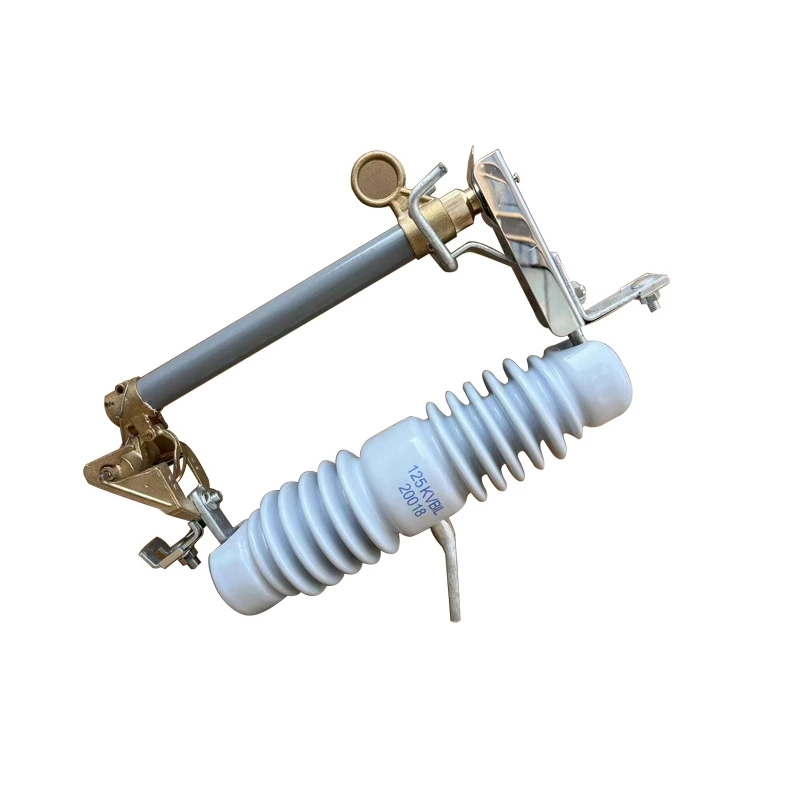Reliability And Abnormal Detachment Analysis Of Drop Out Fuse Action
The "drop" feature of drop out fuse is its core functional design, but whether unexpected drops occur during operation is a key concern for operations personnel. This article analyzes the boundary conditions for normal operation and abnormal detachment from the perspective of mechanical equilibrium and material failure, and proposes technical control strategies.
1、 The mechanical mechanism of normal movements
Circuit breaker triggering and mechanical unlocking
1. Melt fracture threshold:
Melt (silver copper alloy) undergoes phase transition fracture due to Joule heating accumulation under overload or short-circuit current. The critical fuse current meets the following requirements:
𝐼=𝐾⋅𝑆⋅√𝑡
Among them, 𝐾 is the material constant (approximately 1350 A · s -189·· mm - ² for silver copper alloy), S is the cross-sectional area of the melt, and t is the action time.
2. Spring release dynamics:
The compression spring (pre tension force 50-80N) releases energy after the melt fractures, driving the melt tube to detach from the static contact at an acceleration of 3-5 m/s ². This process requires overcoming the electric repulsion force (F=0.5L ′ I ²) and friction force (friction coefficient 0.15-0.25) between the contacts.
Gravity assisted directional drop
The inclination angle between the melt tube and the vertical axis is designed to be 30 ° -45 °. After the melt fractures, the center of gravity of the melt tube shifts, forming a torque:
M=mg⋅l⋅sinθ
Among them, m is the mass of the melt tube (about 2-5kg), l is the offset distance of the center of gravity (0.1-0.3m), and θ is the inclination angle. When the torque exceeds the shaft resistance torque (2-5N · m), the melt tube completes a directional drop of 60 ° -75 °, forming a visible fracture.
2、 Typical causes of abnormal detachment
Mechanical structure failure
1. Spring fatigue: When the stiffness coefficient of the spring decays by more than 15% after more than 200 operations, insufficient preload force leads to non current shedding.
2. Shaft jamming: Lubricating grease aging (penetration<200mm/10) or sand and dust intrusion (particle size>50 μ m) causes the shaft resistance torque to exceed the design value (>8N · m).
Electrical parameter mismatch
1. Misselection of melt: When the rated current of the melt exceeds three times the load current, normal load current may cause thermal vibration (frequency 10-20Hz), leading to mechanical loosening.
2. Excessive contact resistance: When the contact resistance of the contact is greater than 500 μ Ω, Joule heating (Q=I ² Rt) causes local carbonization of the epoxy resin tube, resulting in a decrease of more than 50% in structural strength.
Environmental interference effect
1. Wind force impact: Wind force above level 6 (>10.8m/s) generates aerodynamic force (𝑀𝑤=0.5 𝜌𝑣 2 𝐶𝑑𝐴) on the melting tube, which may cause accidental drop if combined with the direction of gravity moment.
2. Ice coating load: When the ice coating thickness on the surface of the melting tube is greater than 5mm, the additional mass increases the center of gravity offset by 30% -50%, and disrupts the moment balance.

